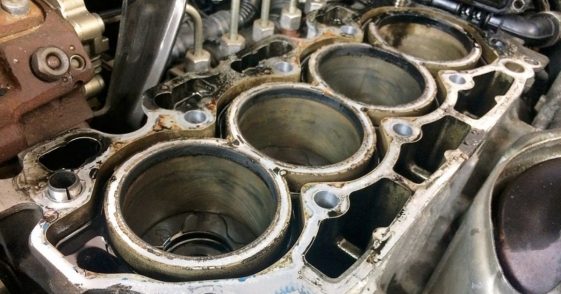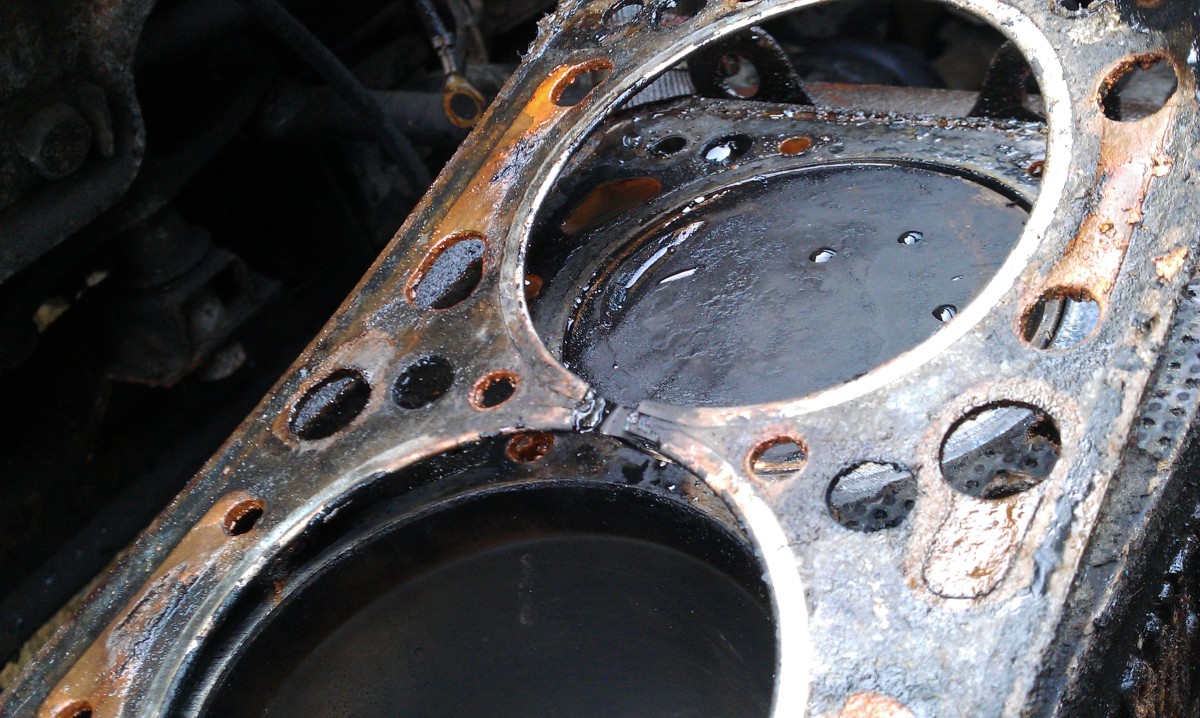
Driving with a Blown Head Gasket: Risks and Consequences
Have you ever wondered what happens when a car’s head gasket blows? It’s not a pleasant experience, as I discovered firsthand when my beloved ’97 Accord started spewing coolant and overheating like a volcano. The diagnosis? A blown head gasket – a dreaded automotive ailment.
Blown Head Gasket: A Silent Culprit
A head gasket is a crucial component that seals the combustion chamber of an engine. It separates the engine block from the cylinder head and prevents coolant, oil, and exhaust gases from leaking. When a head gasket fails, it can cause a range of problems, including overheating, coolant loss, and loss of power.
Overheating and Coolant Loss
A blown head gasket can create a leak between the combustion chamber and the coolant passages. This allows coolant to escape into the combustion chamber or exhaust system, causing overheating and coolant loss. If left unchecked, overheating can lead to engine damage.
Loss of Power and Performance
A head gasket leak can also disrupt the combustion process in the engine. This can result in loss of power, rough idle, and decreased fuel efficiency. The engine may also produce excessive emissions due to the leakage of exhaust gases into the coolant or oil.
Diagnosing a Blown Head Gasket
Diagnosing a blown head gasket can be challenging, as the symptoms can overlap with other engine problems. However, there are a few telltale signs:
- Overheating engine
- Coolant loss or leakage
- White or gray smoke from the exhaust
- Milky or discolored oil
- Bubbles in the coolant reservoir
Repairing a Blown Head Gasket
Repairing a blown head gasket is a major undertaking that requires specialized knowledge and equipment. It involves removing the cylinder head, replacing the faulty gasket, and resurfacing the surfaces to ensure a proper seal. The cost of the repair can vary depending on the type of engine and the severity of the damage.
Tips for Prevention
While not all head gasket failures can be prevented, there are certain measures you can take to reduce the risk:
- Avoid overheating your engine by keeping up with coolant levels and maintaining a clean radiator.
- Use high-quality coolant and change it according to the manufacturer’s recommendations.
- Avoid sudden acceleration or high-RPM driving, which can put stress on the head gasket.
- Have your engine inspected regularly by a qualified mechanic to identify potential issues early on.
Conclusion
Driving with a blown head gasket is not recommended. The consequences can range from minor inconveniences to severe engine damage. If you suspect your car may have a blown head gasket, seek professional advice and repair promptly to prevent further damage.
Are you interested in finding out more about blown head gaskets and their implications for your vehicle?
Frequently Asked Questions
Q: Can I drive a short distance with a blown head gasket?
A: It is not recommended to drive with a blown head gasket, even for short distances. The engine may overheat and cause further damage.
Q: How much does it cost to repair a blown head gasket?
A: The cost of repairing a blown head gasket varies depending on the type of engine and the severity of the damage. It can range from $1,000 to $5,000 or more.
Q: Can I replace a head gasket myself?
A: Replacing a head gasket is a complex repair that should be performed by a qualified mechanic. It requires specialized knowledge, tools, and equipment.

Image: axleaddict.com

Image: www.cashcarsbuyer.com
Can you still drive a car with a blown head gasket? Mar 20, 2023Yes, you can drive. But we won’t recommend it for the safety of both you and your car. The reason is, with a blown head gasket, the engine of your vehicle won’t last more than a month. Here in this article, we will provide symptoms, causes, and solutions to this problem. You will also learn precautions and prevention methods from here.